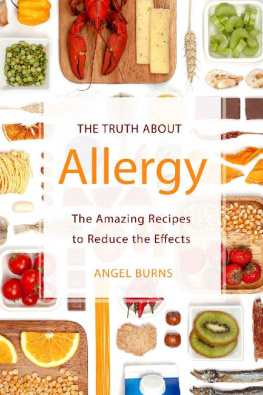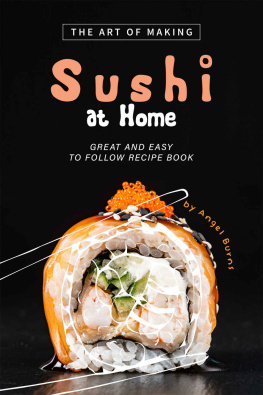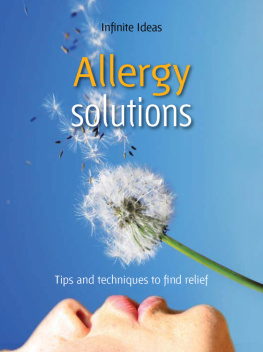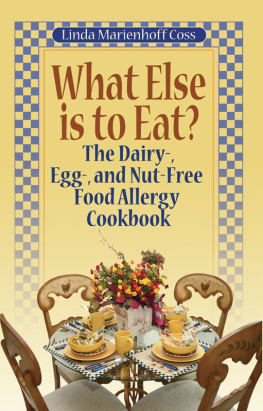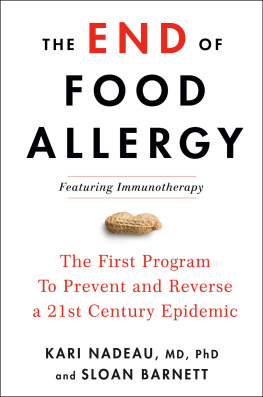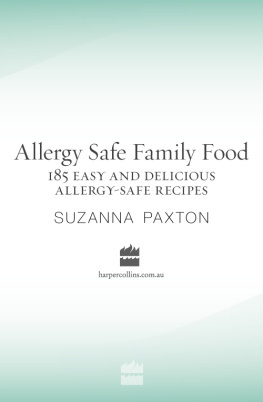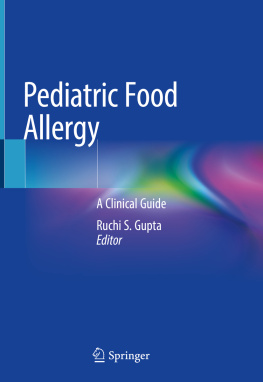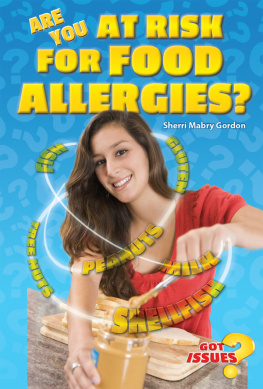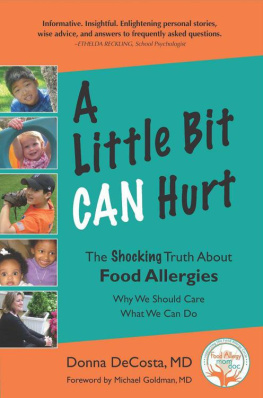Free books on me! Subscribe now to receive free and discounted books directly to your email. This means you will always have choices of your next book from the comfort of your own home and a reminder email will pop up a few days beforehand, so you never miss out! Every day, free books will make their way into your inbox and all you need to do is choose what you want.
Fill out the box below to get started on this amazing offer and start receiving your daily deals right away!
Introduction

What is a food allergy?
Allergies are an auto immune chronic disease in which the body overreacts to perceived threats from a foreign substance. An allergic reaction could be as minute as watery eyes or as deadly as anaphylaxis, and everything in between. Food allergy is basically the immune system going into overdrive when certain proteins are introduced, especially proteins that have come from sources such as seafood, shellfish, eggs, milk, wheat and peanuts. These are actually fancy terms for antibodies, which as you probably know are produced by white blood cells and attack body invaders. We wont dwell on the mechanisms behind antibodies and allergies, but the most common Immunoglobulin involved in these allergic reactions is Immunoglobulin E.
Allergies cause allergic reactions in the body. Allergic reactions are the result of the immune system overreacting to a perceived threat. These allergens float into our bodily systems and combine with immunoglobulin E [IgE], which is an antibody that is always present in everyones body in low quantities. Once these immunoglobulin Es get a taste of the allergen, they panic. Mast cells then release vast amounts of histamine, which is what causes allergy symptoms. This normally results in itchy eyes and runny noses but can entail a wide and odd array of symptoms. If someones system is sensitive enough, anaphylaxis, which is an extreme allergic reaction, can occur. The result can be anaphylactic shock, which is when the body shuts down and the person can die if treatment is not immediately sought.
The moment the bodys immune system begins to overact to a certain ingredient in the food, the reaction can either be mild or severe. It is important to note that mild reactions may turn into severe reactions over time. This comes from a different of ratio and adaption through the antibodies and the triggering ingredient. When the immune system adapts to a certain allergy, another part of the body hasnt done so. If the immune system has settled itself to not react to the food while a secondary part still reactions, the physical reactions to the food allergy begin to become more severe.
A majority of the time, most food allergies come from eggs, milk, peanuts, tree nuts, fish, shellfish, wheat, soy, sesame, and mustard seeds. The symptoms following these allergies may involve different traces of the skin, gastrointestinal tract, respiratory tract, and cardiovascular system. The main kinds of reactions involve vomiting, stomach cramps, hives, shortness of breath, wheezing, dizziness, feeling faint, repetitive cough, circulatory collapse, trouble swallowing, tight and hoarse throat, swelling of the tongue, weak pulse, pale skin, and anaphylaxis which impairs breathing and sends the body into shock. Most of the time, these types of reactions will occur a few minutes after ingestion, but sometimes a delayed reaction occurs and will come either four or six hours after. These delayed reactions come from a severe gastrointestinal reaction that mostly occurs in young infants being exposed to foods such as milk or soy or grains for the first time in their lives.
Not everyone who experiences the symptoms of a reaction after eating a certain food has a food allergy. The moment someone has a reaction to the food, they might be having more of a reaction to how it was prepared rather than having a reaction to a certain substance in the food. Some people will experience an itchy mouth or throat after consuming a raw fruit or vegetable. Normally this indicates an oral allergy syndrome where there is a reaction to the pollen instead of the food itself. The immune system recognizes this pollen, and other similar proteins in the food and naturally will direct it with an allergic response. In these cases, the allergen or reaction to the pollen can be eliminated by heating the food to remove the previous traces causing the food allergy reactions externally.
In order to diagnose if someone has a food allergy, it is best to start at an early age. Finding symptoms that may have started from childhood or symptoms to food that might have appeared in the parents or grandparents. If a person is being suspected of a food allergy, it is best that they seek an allergist to go over their family and medical history. They may ask questions relating to what was eaten, how the food was prepared, how food was consumed, the period it took for symptoms to truly develop, what symptoms were experienced, and how long they lasted afterwards. The next step is getting a skin prick test, or a blood test was done. This will measure the ratio of antibodies to the specific food causing the food allergy. Sometimes in these cases, it is great to even find a negative result to know the foods a person is not allergic to.
You can manage food allergies by avoiding the consumption of such foods. Always keep checking the ingredient labels of food products and learn all the different names the ingredient can be called. Whenever the label may say it may contain,' might contain,' made in a shared facility, or made on shared equipment,' be aware of how hazardous the food allergy is. The more severe the reaction is, the more a person should stay away from these terms.
Causes of Allergic Reactions

Hereditary predisposition. Dermatologists and allergists are increasingly convinced that the tendency to allergic reactions is inherited. In this case, not allergic diseases are inherited, but only a predisposition to them

